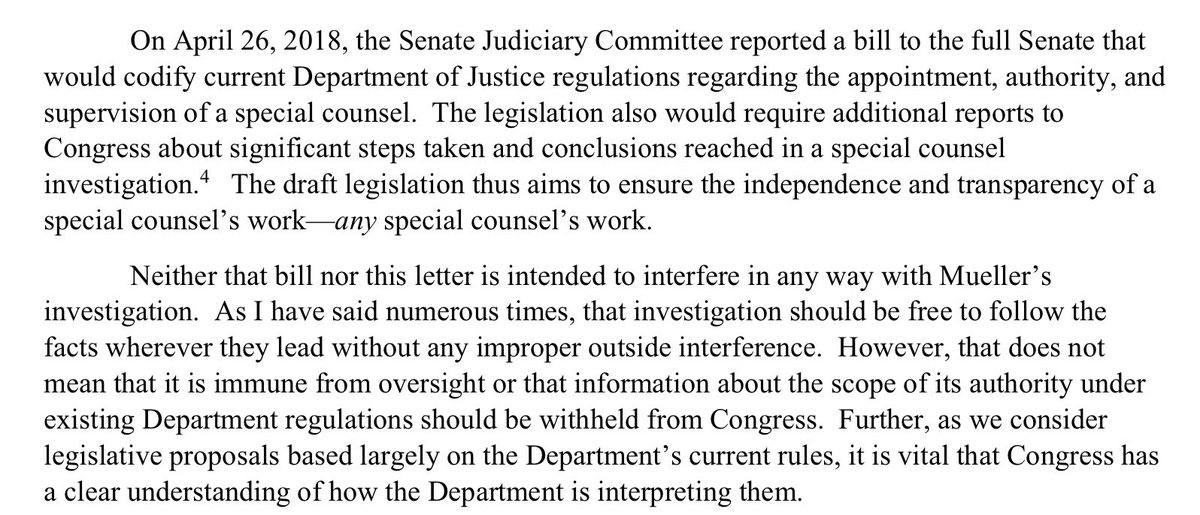how big is a user story? how much work is in the typical one? how much work is in the biggest story we'll call legit?
i know, i know. there's a lotta fuzzy pulp in that juice.
but that's not what an olb says. i'm an olb, and it's exactly the opposite of what i said yesterday.
and the answer that kills that kind of slicing is: "when we have done all seven stories."
















